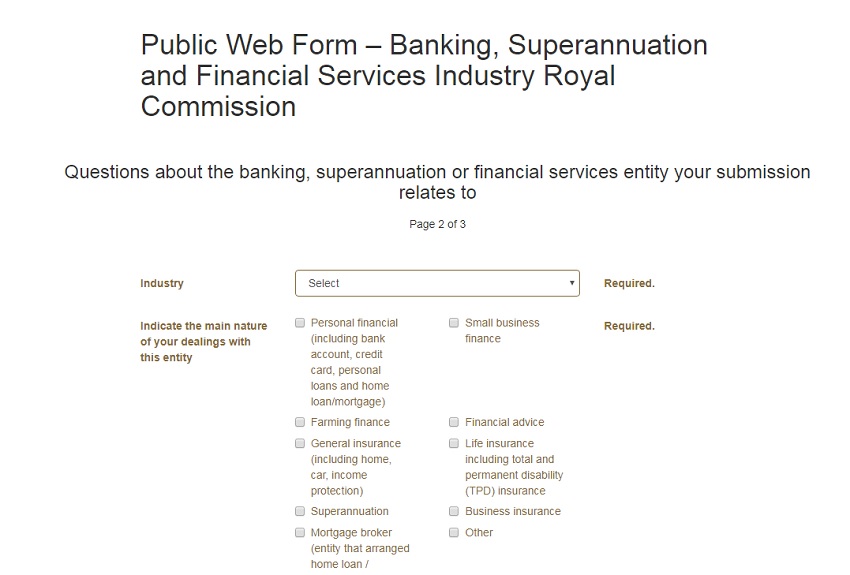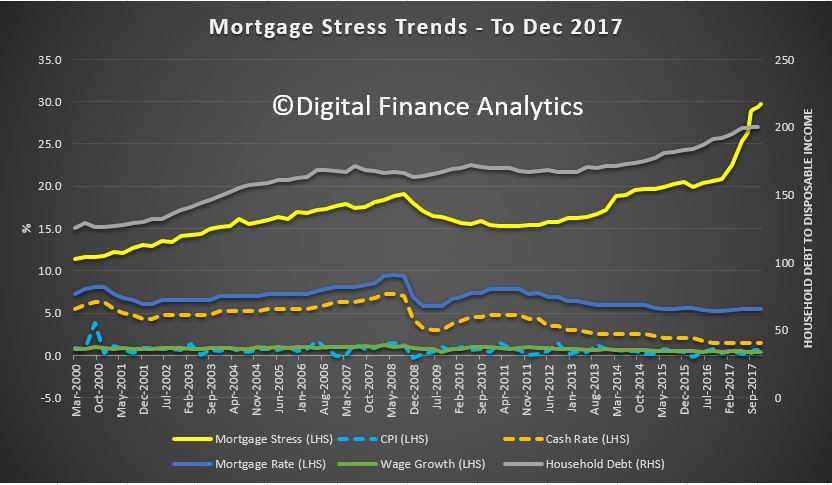The Bank of Queensland has told the Productivity Commission that greater visibility of mortgage rates could make the mortgage broker proposition less compelling for consumers.
Appearing before the Productivity Commission, the bank’s CFO, Anthony Rose, said that “greater transparency [could] see a diminished utilisation of the broker space”.
“We have seen that the broker market has certainly been beneficial in allowing the non-major banks compete in the mortgage space,” Mr Rose said.
Commission chairman Peter Harris acknowledged that smaller banks have been “assisted by the broker revolution and have saved the need to occupy branch space in [more] locations”.
“You’re saying, therefore, if the pricing impact did encourage more people to look for a branch, then the entities with the biggest branch network are advantaged by that,” Mr Harris said.
When asked whether the Bank of Queensland, which receives 25 per cent of its home loans through the third-party channel, has had to re-strategise in response to vertical integration, Mr Rose admitted that the bank has been monitoring aggregator ownership structures with concern.
“We thought that those that own aggregator networks should actually be required to publish the degree of flow relative to their market share for the public interest to understand whether is there anything to see here or not,” the CFO said.
“To be honest, the information that you’ve provided in your report is new information to us as well but doesn’t surprise us. It’s hard for us to access that information as well.”
Representatives from both the PC and the Bank of Queensland agreed that the lack of publicly available data has made it difficult to measure the actual impact aggregator ownership has had on the flow of mortgages in Australia, though Mr Harris has previously suggested that bank-owned aggregators control about 70 per cent of the mortgage broking market.
As such, the Bank of Queensland supports the PC’s proposed duty of care obligations, which would require the Australian Securities and Investments Commission to impose a clear legal duty on lender-owned mortgage aggregators to act in the best interests of the consumer.
“We do think that’s important because the degree to which major banks are getting flow of business over and above their natural market share is, in effect, market access that would have been available to the non-big four that is no longer available to us for whatever reasons that are driving that outcome,” Mr Rose said.
“It does appear that there is quite a trend towards an over-allocation of flow back into the proprietary products of the owned business, which I think is addressed by putting that duty of care obligation in.”










